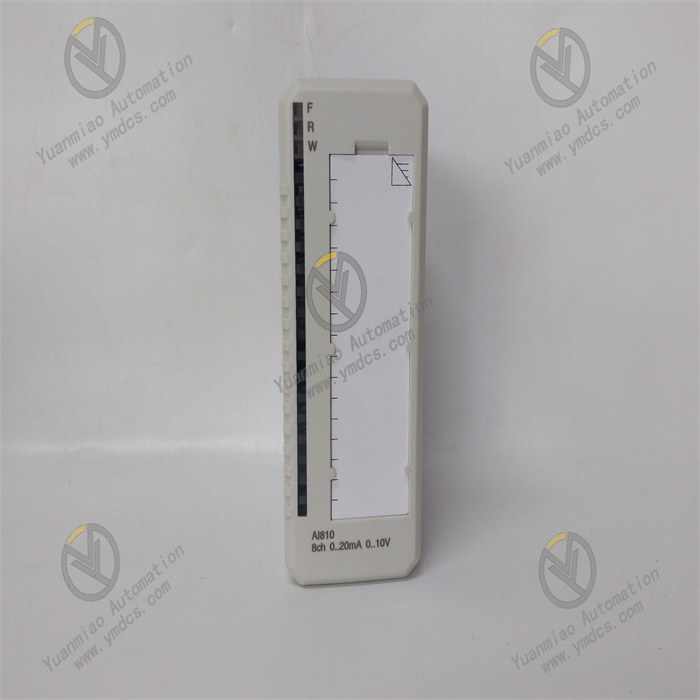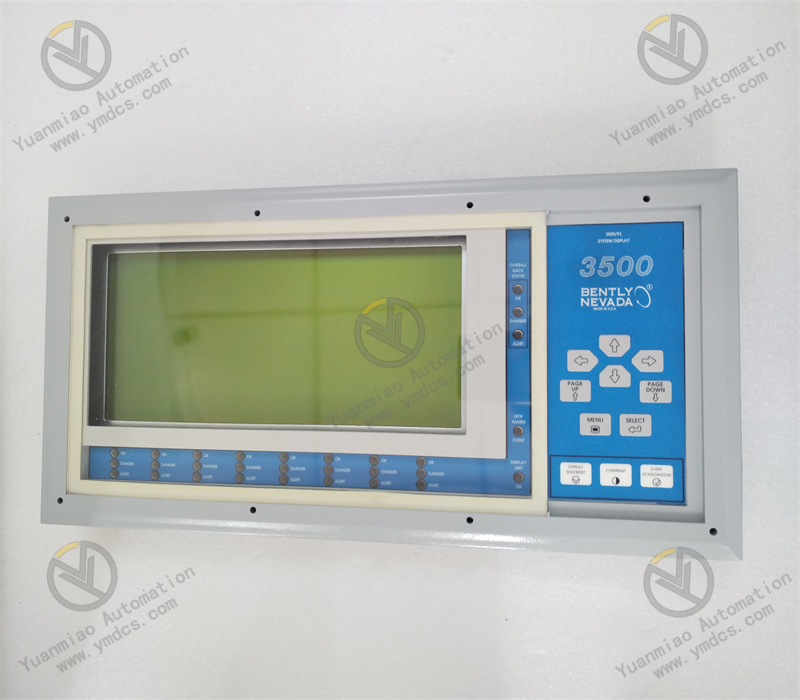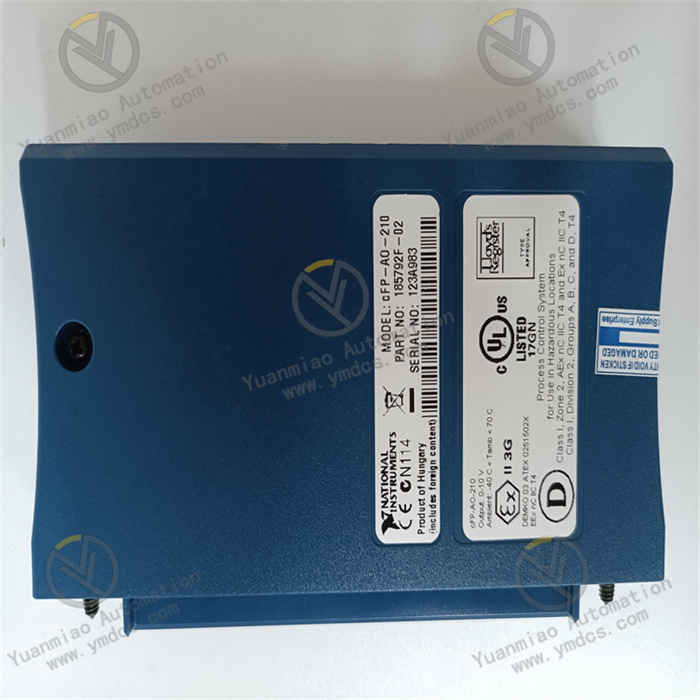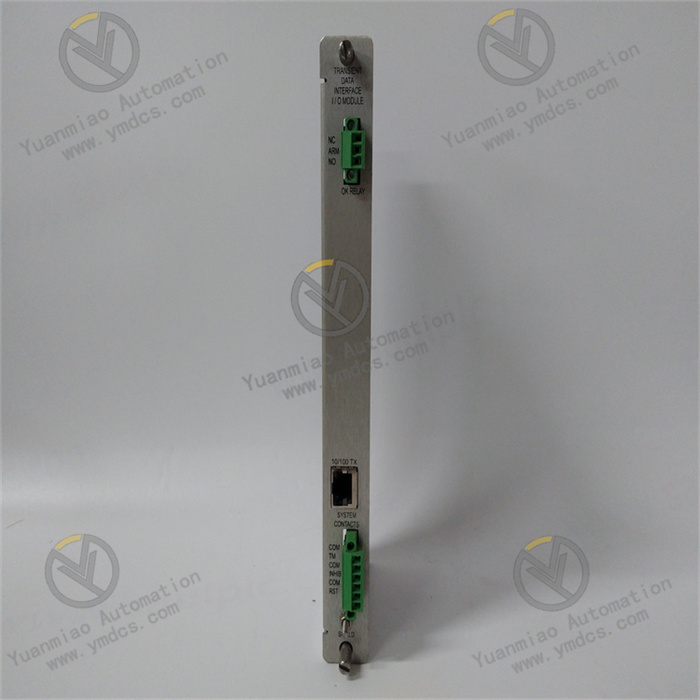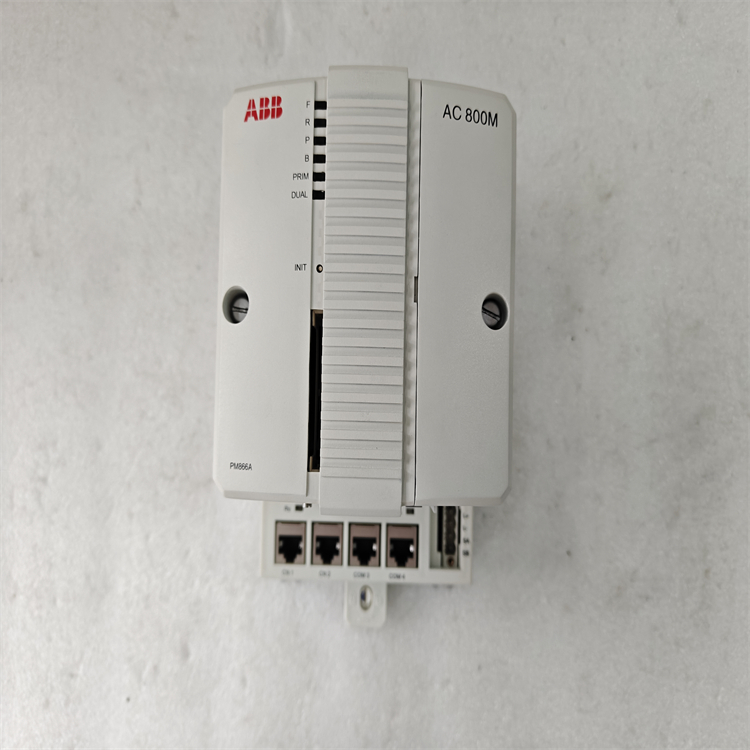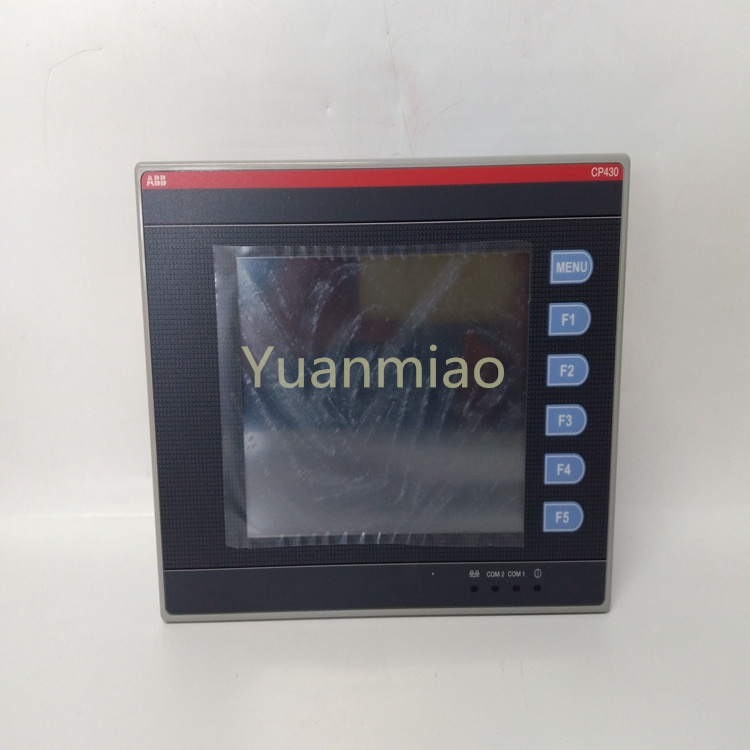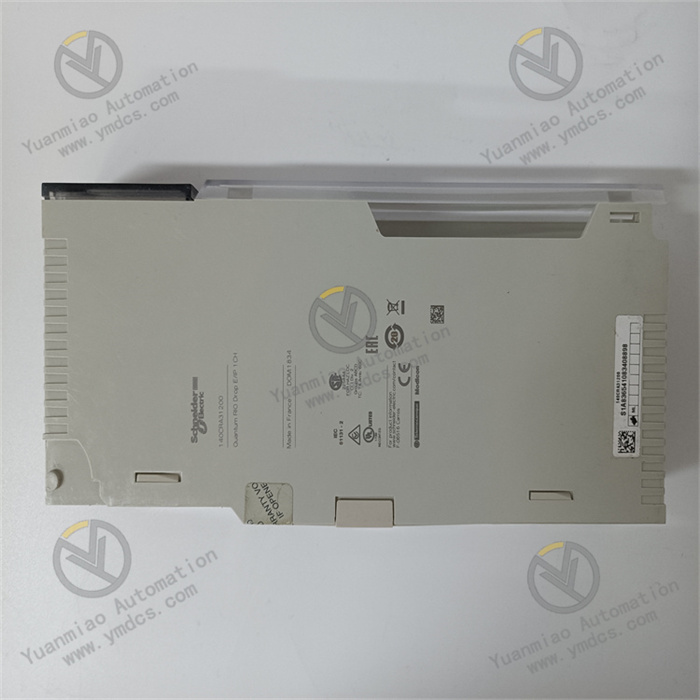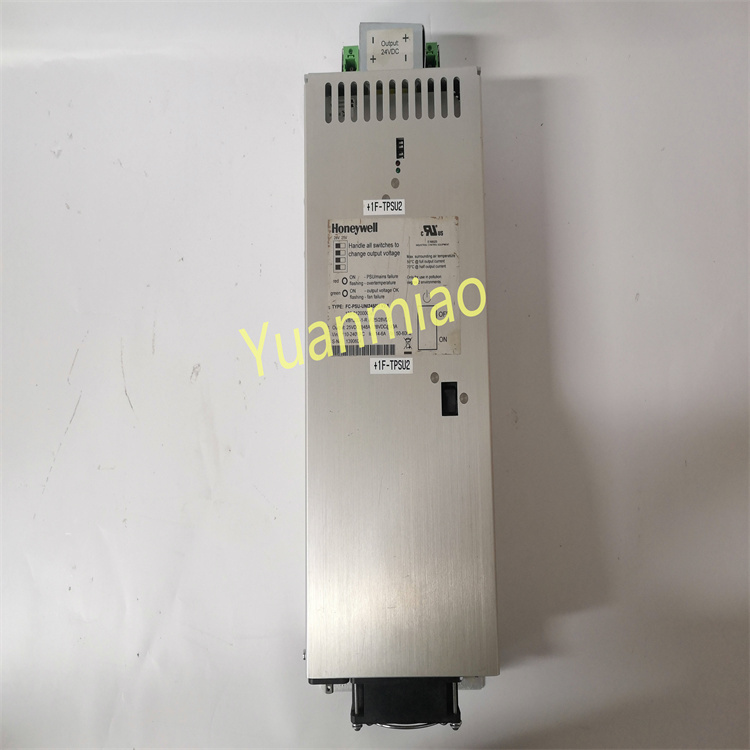Description
Functional Features High-performance control: It has powerful computing capabilities and processing speeds, enabling it to execute various control tasks quickly and accurately. It can achieve precise control over industrial processes and be applied in complex automation control systems, ensuring the stability and reliability of the system. Rich interfaces: It provides various types of interfaces, including digital input and output interfaces, analog input and output interfaces, and communication interfaces. The digital interfaces can be used to connect devices with switching signals, and the analog interfaces can be connected to sensors or actuators with continuously changing signals. The communication interfaces support data interaction and communication with other devices or systems, such as achieving network connections through protocols like Profibus and Modbus, facilitating integration into different automation architectures. Flexible programming: It supports multiple programming languages, such as Ladder Diagram (LD), Function Block Diagram (FBD), Instruction List (IL), etc., meeting the programming habits and application requirements of different users. Users can flexibly write and configure programs according to specific control requirements to achieve various complex control logics. Reliability design: It uses high-quality electronic components and advanced manufacturing processes, having good anti-interference capabilities and stability. It can operate stably for a long time in harsh industrial environments, adapting to environmental conditions such as high temperature, high humidity, and dust, reducing the probability of failures and improving the availability of the system.
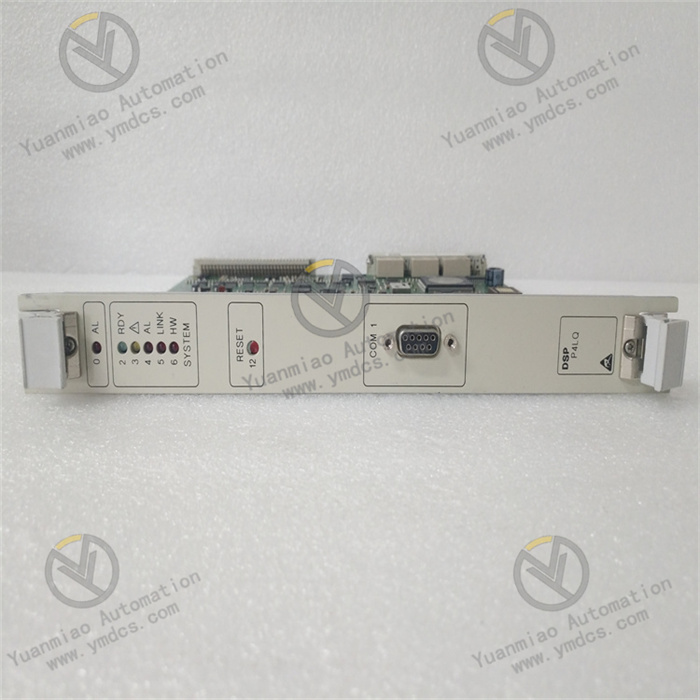
Technical Parameters
Operating voltage: Usually 24V DC, but other voltage versions may be available, depending on the model and application scenarios.
Input and output points: It has multiple digital input and output points and analog input and output channels. The specific number depends on different configurations. For example, it may have 16 digital input points, 16 digital output points, 4 analog input channels, and 2 analog output channels to meet the control task requirements of different scales and complexities.
Processing speed: The instruction execution speed is relatively fast. For example, the execution time for every thousand instructions may be between a few microseconds and dozens of microseconds, enabling it to quickly respond to changes in input signals and update the output in a timely manner to achieve real-time control over industrial processes.
Analog quantity accuracy: The accuracy of analog input and output is relatively high, generally reaching a full-scale accuracy of ±0.1% - ±0.5%, ensuring accurate measurement and control of analog signals and being suitable for industrial process control with high accuracy requirements, such as the control of parameters like temperature, pressure, and flow.
Application Areas Manufacturing industry: Widely applied in the production lines of industries such as automotive manufacturing, mechanical processing, and electronic device production. It can be used to control the movement of robots, the processes of automated production lines, and the machining processes of machine tools, etc., achieving automation and precise control of the production process, and improving production efficiency and product quality. Power industry: It can be used for control and monitoring in power systems such as power plants and substations, such as the excitation control of generators, the switch control of substations, and the monitoring and protection of power parameters, etc., ensuring the stable operation of the power system and safe and reliable power supply. Chemical industry: In the chemical production process, it is used for controlling chemical reaction processes, material transportation, temperature and pressure regulation, etc. Through precise control, it ensures the safety and stability of chemical production, optimizes the production process, and improves product quality and production efficiency. Water treatment industry: Applied in the automation control systems of water treatment plants, it achieves control and management of water pumps, valves, water quality monitoring equipment, etc., ensuring the efficient operation of the water treatment process and ensuring that the effluent water quality meets the standards.

Common Faults and Solutions
Power supply fault
Phenomenon: The module has no display, all indicator lights are off, and the device cannot work properly.
Cause: Loose, open circuit or short circuit of the power supply wiring; damage to the power supply module; input voltage out of the specified range.
Solution: Check whether the power supply wiring is secure, and use a multimeter to detect the continuity of the circuit and whether the input voltage is normal. If the power supply module is damaged, replace it with a power supply module of the same model.
Communication fault
Phenomenon: Unable to establish communication with other devices or systems, abnormal communication indicator lights, interruption or errors in data transmission.
Cause: Damage to the communication interface; incorrect communication protocol settings; communication line failure; electromagnetic interference.
Solution: Check whether the communication interface has physical damage, and reconfirm whether the communication protocol settings are correct. Use tools such as an oscilloscope to detect the signal transmission of the communication line and eliminate line failures. If there is electromagnetic interference, take shielding measures or adjust the installation position of the device.
Input and output fault
Phenomenon: The input signals cannot be correctly identified, and the output signals are abnormal, such as the output value not conforming to the program setting value or no output.
Cause: Input and output module failure; incorrect wiring; external device failure; program logic error.
Solution: Check the status indicator lights of the input and output modules to determine whether there is a module failure. Check whether the wiring is correct to ensure a reliable connection with external devices. Check whether the external devices are working properly. Carefully check the program logic to eliminate program errors. If it is determined that the input and output module is faulty, replace the corresponding module.
Module overheating
Phenomenon: The surface temperature of the module is too high, and the overheating protection mechanism may be triggered, resulting in a decline in device performance or shutdown.
Cause: Poor heat dissipation, such as poor ventilation at the installation position, failure of the cooling fan; long-term high-load operation of the device; too high environmental temperature.
Solution: Improve the installation environment to ensure that there is enough ventilation space around the device. Check whether the cooling fan is operating normally and replace the fan in time if there is a fault. Reasonably arrange the operation tasks of the device to avoid long-term high-load operation. If the environmental temperature is too high, take cooling measures, such as installing an air conditioner or strengthening ventilation and heat dissipation.



